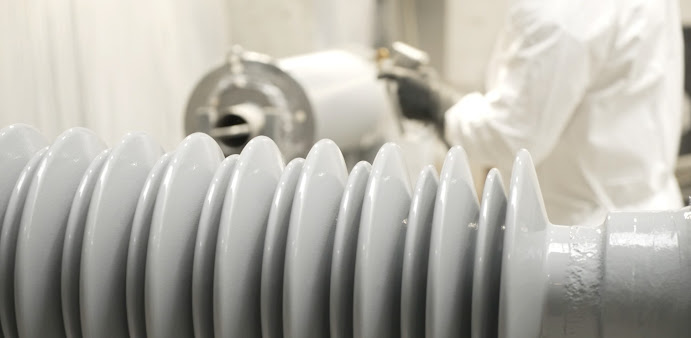Silicone Coatings and Covers: Answers to 5 Frequently Asked Questions
What is the difference between RTV and silicone coatings?
Whenever you search for silicone coatings and covers for high-voltage insulators, you must have come across the term RTV coatings. This must have confused you between RTV and silicone coatings.
RTV (room-temperature vulcanizing) and silicone coatings are both types of silicone-based coatings, but they have some differences in their application, cost, and properties.
While RTV stands as a general term for room temperature vulcanizing silicone, "silicone’ is a polymer material having repeating units of siloxane. In terms of cost and usage, RTV is more expensive as compared to silicone coatings, and the usage in general products is also limited, thereby making silicone coatings a more practical and cost-effective option.
Is 100% silicone better than RTV coating?
It depends on the application. 100% silicone coatings prove to be very helpful in household applications. They provide a strong, waterproof seal. Plus, 100% silicone will have good adhesion, less shrinkage, and a lower temperature for application to weathering.
While RTVs remain suitable for high-voltage insulators and for Wildlife And Asset Protection. Their demand is increasing due to their advantages. They have insulation properties, especially under wet and stormy conditions, which makes them ideal for high-voltage insulators as they are placed outside.
Does silicone react with anything?
Due to its low surface energy and non-reactive structure, silicone is resistant to attack by most chemicals. However, it is important to note that a few inorganic chemicals, notably sulfuric and hydrofluoric acids at high concentrations, can damage silicones. Organic compounds that might act as solvents, such as toluene, mineral spirits, gasoline, and carbon tetrachloride, cause deterioration in silicones only after prolonged exposure.
How long would it take to make the silicone coating dry?
The first silicone coating takes 3 to 12 hours to dry. Once the first coat is dry, you can apply the second coat. Never apply in temperatures below freezing and above 120 °F (49°C) or in cases where rain is expected within 2 hours.
Where can I find reputable suppliers or manufacturers of silicone coatings for high-voltage insulators?
Though the internet is flooded with silicone coating manufacturers, if you are looking for a trustworthy manufacturer, the one name that stands out among the rest is Midsun IKM.
Midsun IKM is a leading manufacturer and international business development division of Midsun Group Inc., an American company that has helped power utility companies prevent flashovers (animal-induced power outages) and save millions of dollars in repair costs. Midsun manufactures Wildlife Outage Protection Products including RTV coatings for high-voltage insulators, silicone coatings, and wildlife-protective silicone covers.
Conclusion
Silicone coatings are known for a range of benefits, from providing protection from several contaminants to requiring less maintenance. This blog addresses five questions that are frequently asked, and we have tried to answer them.
I hope it helps. Thank you for reading!

